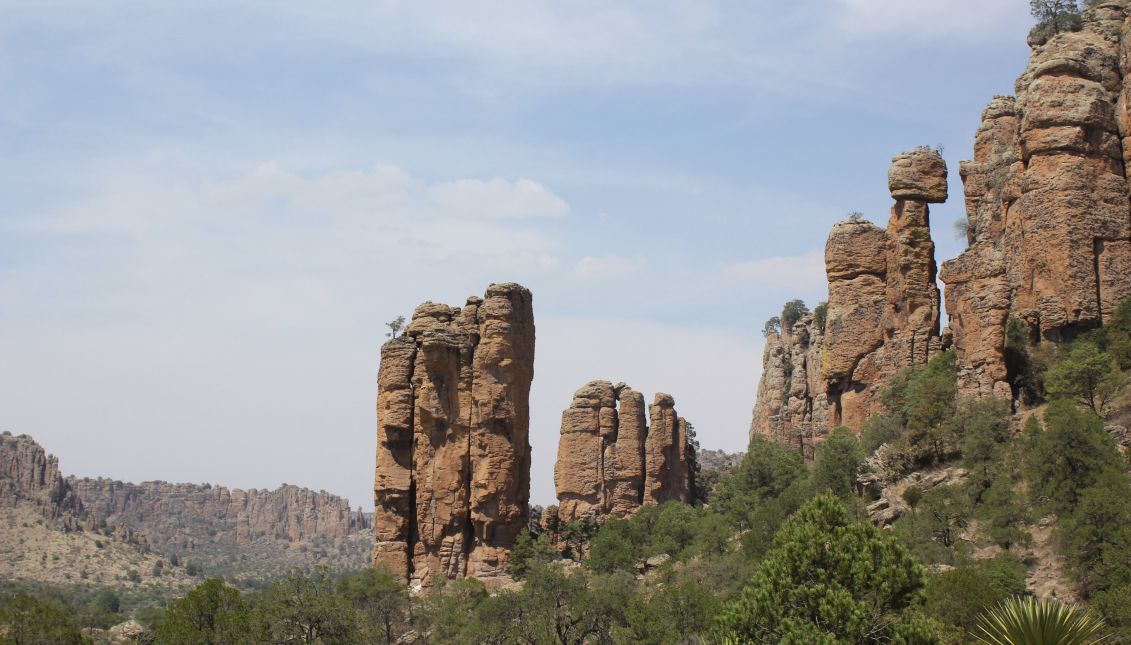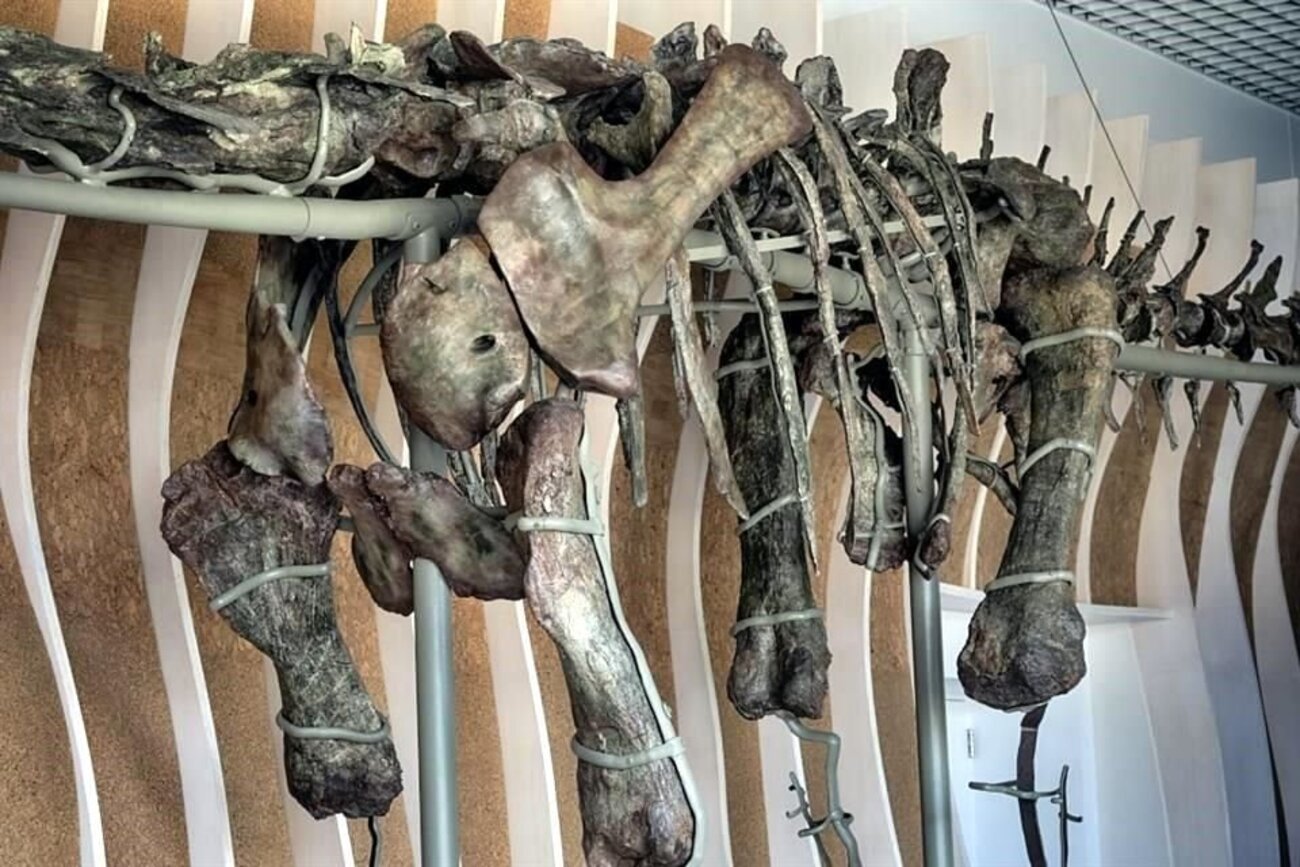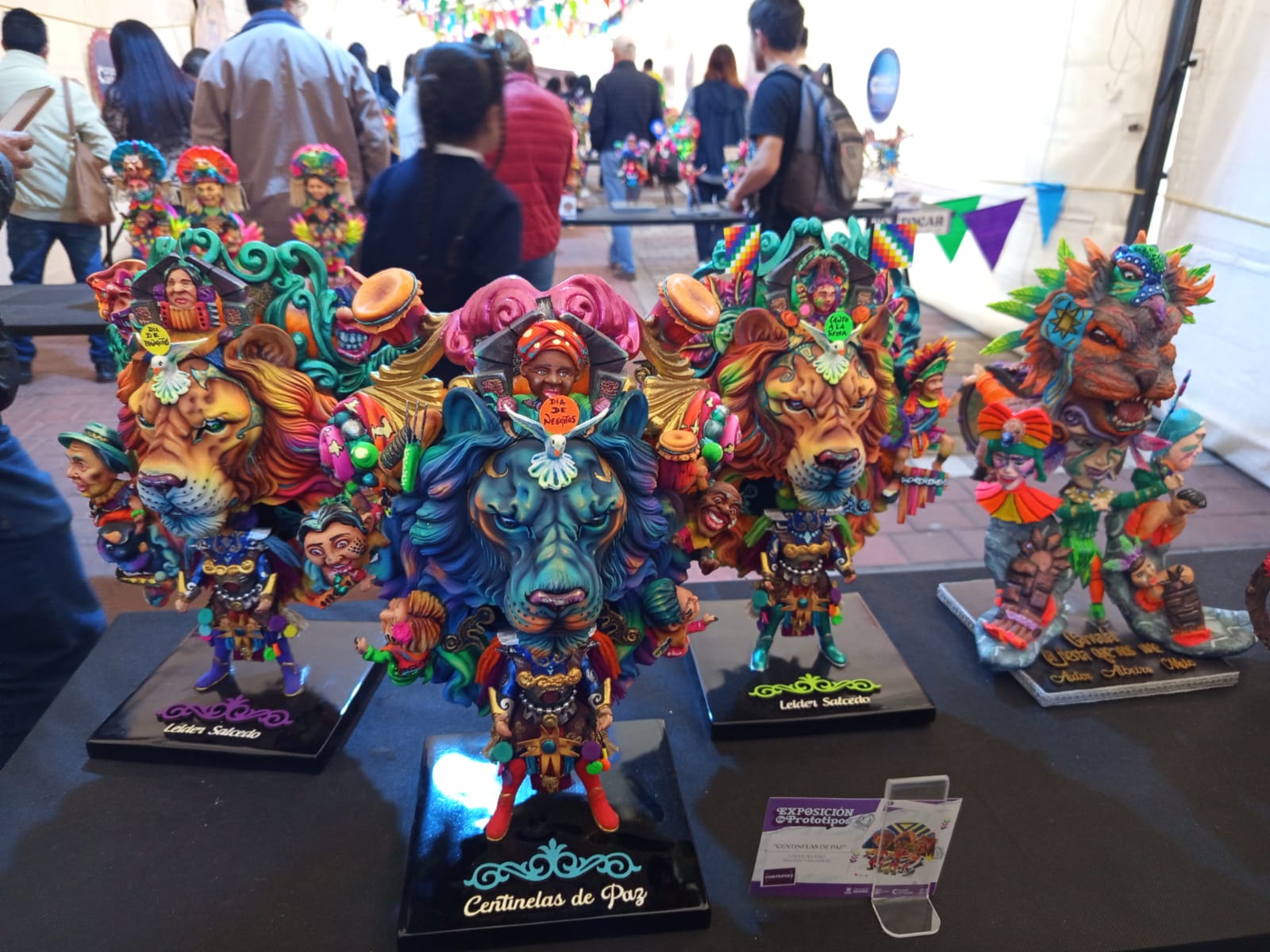
Sombrerete: enjoying the ruins of an old Mexican mining town.
The Mexican municipality declared a Cultural Heritage of Humanity site in 2010, went from being an old, abandoned mining town to a tourist destination that combines the beauty of colonial architecture with ecotourism.
Because of its location on the Camino Real de Tierra Adentro (Royal Inland Road), also known as the Silver Road, UNESCO in 2010 declared the historic downtown area of Sombrerete a Cultural Heritage of Humanity, as it did with the neighboring Sierra de Organos National Park and the ghost town La Noria.
The honor has breathed new life into this Mexican municipality, now a destination for Mexican and foreign tourists, above all during the Holy Week vacation and generally after a trip to Zacatecas, the capital of the like-named state in northern Mexico.
"Tourism is exploding," Margarita Escamilla, a resident of Sombrerete and a tourist guide, told EFE, adding that in the past year the number of visitors to this city doubled during Holy Week.
The history of Sombrerete, 170 kilometers (105 miles) from the state capital, is reflected in the marbleized cobblestone streets, its public squares and fountains, and its Spanish colonial buildings of quarried stone.
Spaniards founded the city in the 16th century to be near the rich veins of silver and gold in the area. The abundance of minerals provided work, splendor and riches to the more than 30,000 people who at one time lived here.
It was called the "mining center of Zacatecas" and was "very well kept," first by the Spaniards, then by supporters of the independence movement of 1810, and a century later by the revolutionary leaders because they knew it "provided men and money," Escamilla said.
CONTENIDO RELACIONADO
The riches once enjoyed by the inhabitants is reflected in the 10 viceroyalty churches, government buildings and 22 partially preserved ranch houses.
The churches hold carved altars, sacred art and catacombs; the facades of pink stone are decorated with fine sculptures and bas-reliefs that are preserved for tourists to enjoy.
The history and beauty of the place won it the title of Magic Village from the Federal Tourism Secretariat in 2012.
One of Sombrerete's attractions lies 25 kilometers from the town in Sierra de Organos National Park, with its colossal rock formations the defy gravity and that were formed by volcanic eruptions millions of years ago.
Halfway between Sombrerete and the park is La Noria, a ghost town in the mountains that was given the name of an old mine that for centuries was its livelihood.
This town that once had a population in the thousands and one of the principal veins of silver in the region is today a small cluster of houses with a scant 30 inhabitants. The old-time miners moved off to other parts of the country and to the US, never to return, Raul Arellano told EFE.
Amid the silence and ruins of what were once mansions is a 17th century church that shelters the image of the patron saint of miners, paintings, colonial objects, and the main reason people visit here, a chapel dedicated to Holy Death.










DEJE UN COMENTARIO:
¡Únete a la discusión! Deja un comentario.